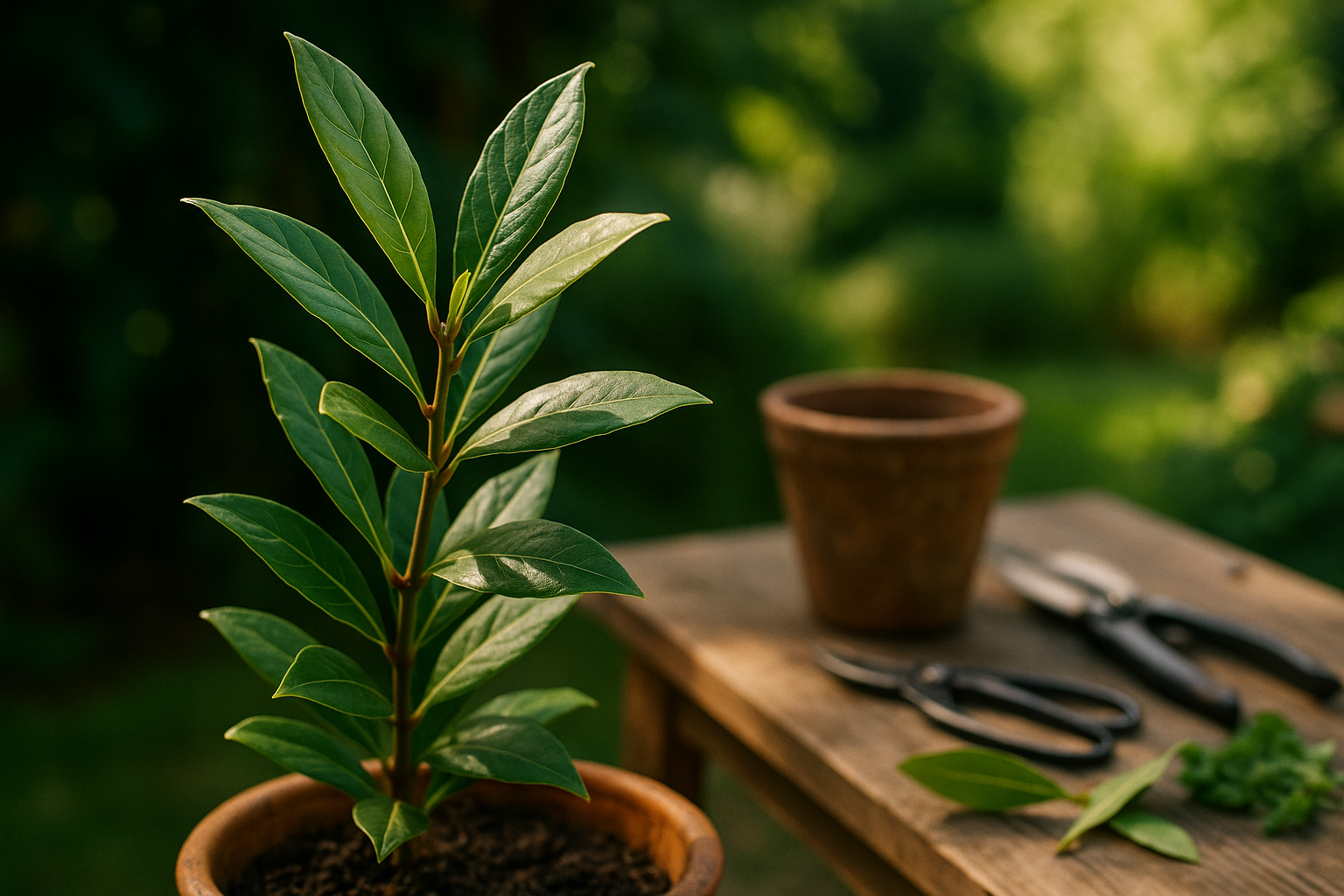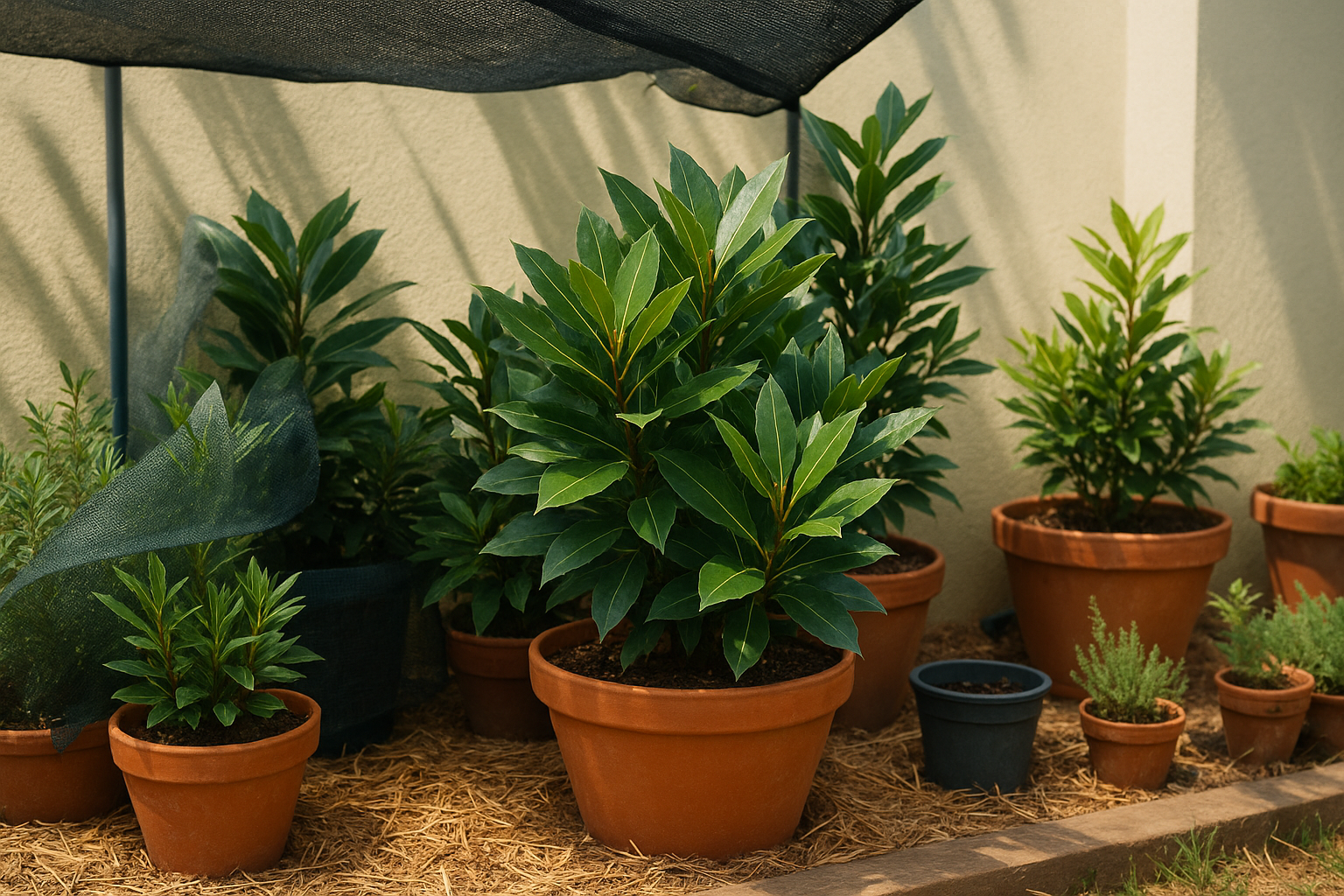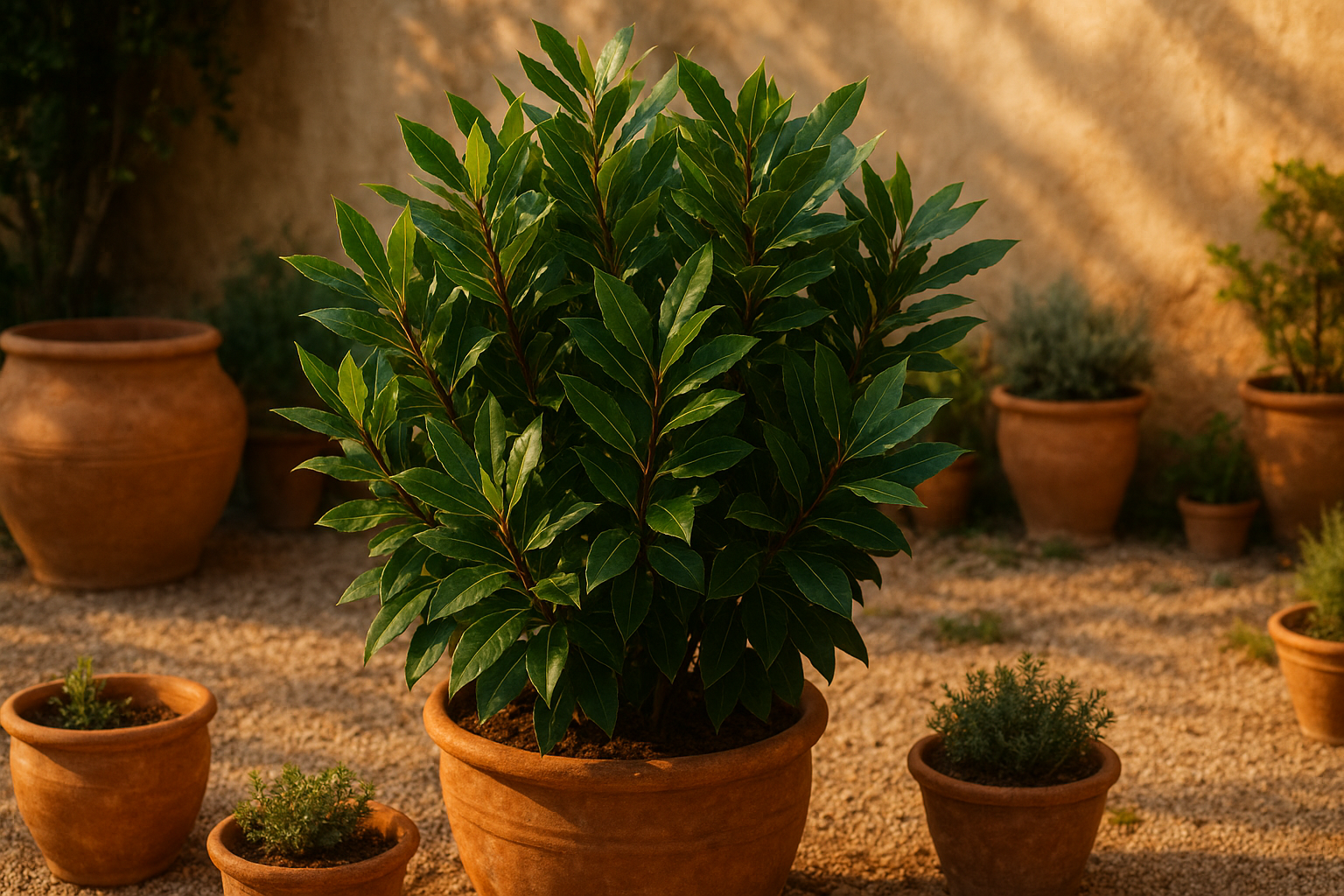Bay Laurel Basics and Sunlight Needs

Bay laurel (Laurus nobilis) is a versatile evergreen shrub known for its aromatic, glossy leaves that add depth and flavor to soups, stews, and sauces in kitchens around the world. Beyond the spice rack, this elegant plant is celebrated for its ornamental value, commonly shaped into hedges, topiaries, or patio pots to bring a touch of Mediterranean charm.
To thrive, bay laurel needs the right balance of sunlight, moisture, and care—making it essential to understand its preferred conditions for happy, healthy growth. Naturally native to the sun-drenched slopes of the Mediterranean, bay laurel prefers full sun but is quite tolerant of partial shade, especially in hotter climates where afternoon shade can protect its leaves from scorching.
Outdoors, choose a spot that receives at least six hours of direct sunlight daily. In particularly hot or dry areas, some midday shade can help prevent leaf burn and drought stress. Indoors, bay laurel does best in the brightest spot you have—think a south- or west-facing window—as lower light levels can slow growth and make the plant more vulnerable to pests.
If natural sunlight is limited, supplemental grow lights work well to keep bay laurel lush and healthy. Remember to rotate your indoor plant occasionally so all sides receive even light, preventing leggy or lopsided growth.
By tuning into bay laurel’s Mediterranean roots and adapting its sunlight exposure to your growing space, you’ll enjoy lush foliage and a steady supply of fragrant culinary leaves year-round.
Choosing the Right Location for Bay Laurel
Selecting the perfect location for your bay laurel is essential to ensuring this aromatic herb thrives. Outdoors, bay laurels need plenty of sunlight—ideally six to eight hours daily—so choose a spot with full sun or at least morning sun and dappled afternoon shade.
Take time to observe your garden’s light patterns throughout the day; avoid areas with prolonged deep shade from trees or buildings, as this can hinder growth. Bay laurels also benefit from protection against harsh, drying winds that can damage their glossy leaves, so planting near a fence, wall, or other windbreak is a smart move in exposed gardens.
For indoor growing, place your bay tree in a bright spot, such as a south- or west-facing window, where it will receive ample direct light. If your home is short on natural sunlight, especially during winter or in northern climates, supplement with an LED grow light set on a timer for about 12 to 16 hours daily.
Regional climate also plays a role: in hotter, sunny southern regions, a little afternoon shade protects leaves from scorching, while in cooler climates, maximize available sunlight to compensate for lower intensity.
When it comes to pot versus ground planting, container-grown bays offer flexibility—you can move them to catch the best light or shelter them during inclement weather, which is especially handy in regions with cold winters. However, potted bays may dry out or overheat faster, so monitor them closely. In-ground planting is more stable but less adaptable to changing conditions.
Ultimately, matching your bay laurel’s placement to its light and shelter needs keeps it lush and healthy all year round.
Protecting Bay Laurel from Harsh Sun and Shade

Bay laurel is a versatile herb, but its glossy leaves can suffer when exposed to too much direct sun or deep shade. Excessive sunlight, especially during the hot afternoon, can cause leaves to develop scorched, brown edges and become brittle due to dehydration. This not only diminishes the plant’s visual appeal but also weakens its ability to thrive.
On the other hand, growing bay laurel in too much shade can lead to leggy, stretched-out stems as the plant reaches for light, along with fewer, less fragrant leaves. Lower light levels can also result in dull leaf color and flavor, making the herb less useful in the kitchen.
Tips for Protecting Bay Laurel in Hot Climates
- Provide filtered afternoon shade by planting near taller shrubs or using shade cloth.
- Group pots together so they cast shade on one another.
- Mulch around the base to retain soil moisture and keep roots cool.
- If growing in containers, move the plant to a spot with morning sun and afternoon shade during peak heat.
Managing Bay Laurel in Too Much Shade
- Prune back overhanging trees to increase light exposure.
- Move container plants to the brightest available spot, ideally near south- or west-facing windows indoors.
- Use reflective surfaces like light-colored walls or mirrors to boost available light for indoor or courtyard bay laurels.
By adjusting light and shade conditions, you can ensure healthy, aromatic bay laurel growth year-round.
Bay Laurel Care
Proper care of bay laurel involves balancing water, nutrients, and pruning based on your plant’s light exposure and environment. In sunny, hot conditions, bay laurel needs more frequent watering—check the top inch of soil regularly and water when it feels dry. Avoid letting the roots sit in soggy soil, as this can lead to rot.
In shadier or cooler spots, reduce watering to prevent overwatering, since less sun means slower evaporation. Fertilizing should match sunlight intensity and plant vigor: during bright, active growth seasons (spring and summer), feed with a balanced, slow-release fertilizer every 6–8 weeks. Hold back fertilizing in low-light areas or during winter dormancy.
Pruning Tips
Pruning bay laurel helps keep it compact and bushy. For plants in full sun, prune lightly in late spring to remove leggy stems and shape the bush, encouraging dense new growth. In lower light, avoid heavy pruning; instead, focus on removing yellowing or crossing branches to maximize available light for healthy leaves.
Common Mistakes
One common mistake is placing bay laurel in poorly lit corners, which leads to weak, bare stems and sparse foliage. Adequate sunlight is essential not only for lush growth but also to prevent issues like leaf drop, fungal infections, and pest invasions that thrive in stressed, low-light plants.
As a rule of thumb, choose the brightest location possible—ideally outdoors during the summer months—and adapt your care routine to the amount of sun your bay laurel actually receives.
Key Troubleshooting
Light-related problems are among the most common issues bay laurel owners face. These show up as symptoms like bleached or crispy patches on leaves (a sign of sunburn), yellowing or pale leaf color, and excessively long, thin stems known as spindly growth. Sunburn often occurs when container-grown bay laurels are suddenly moved from a shady spot to intense afternoon sun without a period of acclimatization. In contrast, yellowing leaves and leggy growth indicate a lack of sufficient light.
To correct sunburn stress, move the plant to an area with bright, indirect sunlight—ideally where it receives morning sun and afternoon shade. If your bay laurel looks pale or is growing long and floppy, gradually introduce it to a brighter location over several days, allowing the plant to adapt without shock. If the plant has been outside, provide temporary shade during intense summer afternoons using a shade cloth.
For established bay laurels that clearly need more or less light, the best time to relocate is late winter or early spring, before new growth starts. Dig wide and deep around the root ball to minimize trauma, replant at the same depth, and water thoroughly. Keep the soil evenly moist for several weeks as the plant settles in.
Bay laurels generally thrive in 6 to 8 hours of gentle light daily. If you’re unsure about your spot, observe leaf health and growth patterns as your guide, and don’t hesitate to move potted specimens as needed to balance their light exposure.
